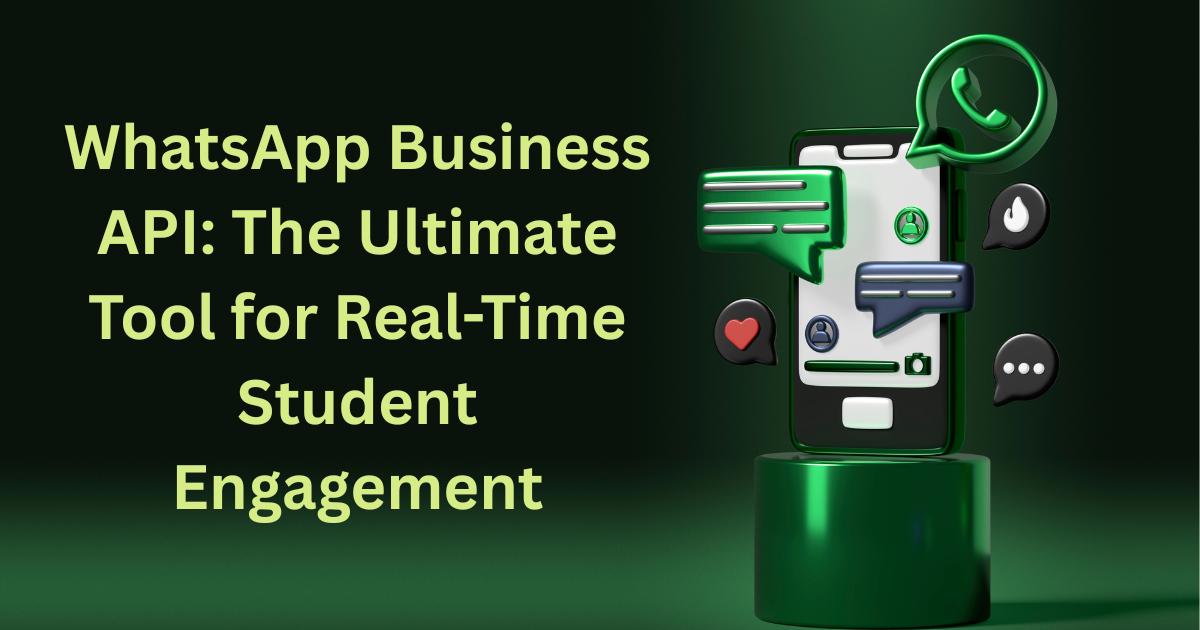Table of Contents

Student motivation is shifting. Attention spans are shorter, tech adoption is faster, and expectations are sky‑high. Educators who ignore the new engagement landscape risk falling behind.
Six biggest student‑engagement trends of 2025
Below are the six biggest student‑engagement trends of 2025—what they are, how they work, why they matter, and practical strategies to put each one to work.
- AI‑Powered Personalization
What It Is
Artificial intelligence that adjusts content, pace, and feedback to each learner in real time.
How It Works
Algorithms analyse quiz answers, click patterns, even facial cues (via consent‑based webcams) to deliver:
- Tailored practice questions
- Dynamic reading paths
- Instant nudges when focus drops
Benefits
- Better comprehension
- Higher course‑completion rates
- Lower dropout risk
Strategies (Bullet Points)
- Integrate adaptive‑learning tools such as Knewton or Century Tech.
- Feed past performance data into your LMS for smarter recommendations.
- Use chatbots to answer FAQs 24/7.
- Gamified Learning & Micro‑Achievements
What It Is
Applying game mechanics—points, levels, badges—to academic tasks.
How It Works
Each completed activity unlocks visible rewards and social recognition, turning dull drills into addictive challenges.
Benefits
- Boosts intrinsic motivation
- Encourages healthy competition
- Provides instant feedback
Strategies
- Break modules into bite‑sized quests.
- Display leaderboards inside the LMS.
- Offer real‑world perks (extra credit, merch) for badge milestones.
- Immersive XR: VR, AR & Mixed Reality
What It Is
Headsets and mobile AR apps that place learners inside the subject.
How It Works
- Virtual labs for STEM
- AR overlays for history field trips
- 360° language “travel” rooms
Benefits
- Deeper conceptual understanding
- Safe, repeatable practice
- Strong emotional engagement
Strategies
- Partner with low‑cost headset vendors.
- Start small—one VR lesson per unit.
- Record student reflections to measure impact.
- Social‑First Micro Communities
What It Is
Private Discord, Slack, or Microsoft Teams channels where learners peer‑teach, debate, and support each other.
How It Works
Small cohorts (6‑12 students) tackle weekly prompts, post resources, and up‑vote helpful answers. Moderators guide, not lecture.
Benefits
- Builds belonging
- Encourages collaborative problem‑solving
- Reduces instructor workload
Strategies
- Assign rotating student “community leader” roles.
- Use memes and polls to spark conversation.
- Reward top contributors with public shout‑outs.
- Data‑Driven Engagement Dashboards
What It Is
Real‑time analytics that flag who is thriving, coasting, or disappearing.
How It Works
Heat maps show log‑in frequency, video watch percentages, quiz retries; predictive models warn staff before a learner disengages.
Benefits
- Early intervention
- Evidence‑based teaching tweaks
- Transparent ROI for administrators
Strategies
- Embed engagement KPIs into weekly staff meetings.
- Automate at‑risk alerts that trigger SMS nudges.
- Share anonymised trends with students to build self‑awareness.
- Mobile‑First, Short‑Form Learning
What It Is
Content designed for 5‑minute phone sessions—vertical video, swipe cards, podcast snippets.
How It Works
Lessons load instantly, autoplay captions, and finish with a micro‑quiz.
Benefits
- Fits in commutes and breaks
- Encourages daily touchpoints
- Aligns with Gen Z media habits
Strategies
- Convert long lectures into TikTok‑style series.
- Push daily “knowledge streak” notifications.
- Optimise all assets for low‑bandwidth streaming.
Cross‑Trend Advantages (Why This Matters)
| Advantage | Impact |
|---|---|
| ⚡ Faster Feedback | Learners correct mistakes immediately. |
| 🌐 Greater Inclusivity | Tools adapt to varied speeds and styles. |
| 📈 Higher Retention | Continuous micro‑engagement beats marathon sessions. |
| 💬 Rich Data | Every click informs the next lesson. |
| 🤝 Stronger Community | Social layers transform isolation into collaboration. |
Implementation Checklist
- Audit current tools. Identify gaps in personalisation and analytics.
- Prioritise quick wins. Pilot one gamified quiz or AR demo next term.
- Gather feedback fast. Use in‑app polls after each new element.
- Scale iteratively. Expand what students love; scrap what they don’t.
- Train staff. Run micro‑workshops on AI dashboards and VR safety.
Frequently Asked Questions
Q1. Are these trends expensive to adopt?
Not always. Start with free trials (Discord, Google Forms gamification) and open‑source VR content.
Q2. Will AI replace teachers?
No. AI handles repetitive tasks; educators provide empathy, context, and mentorship.
Q3. How do I measure engagement success?
Track log‑ins, completion rates, quiz scores, and post‑lesson surveys.
Q4. What if students lack high‑end devices?
Focus on mobile‑ready, low‑bandwidth tools and campus loaner programs.
Q5. How do I keep data private?
Choose vendors compliant with GDPR/FERPA. Obtain explicit consent for any camera‑based analytics.
Final Word
Engagement is no longer a nice‑to‑have—it’s the backbone of learning outcomes and institutional growth. Embrace these six trends now, and you’ll create memorable, motivating experiences that keep students coming back for more.









